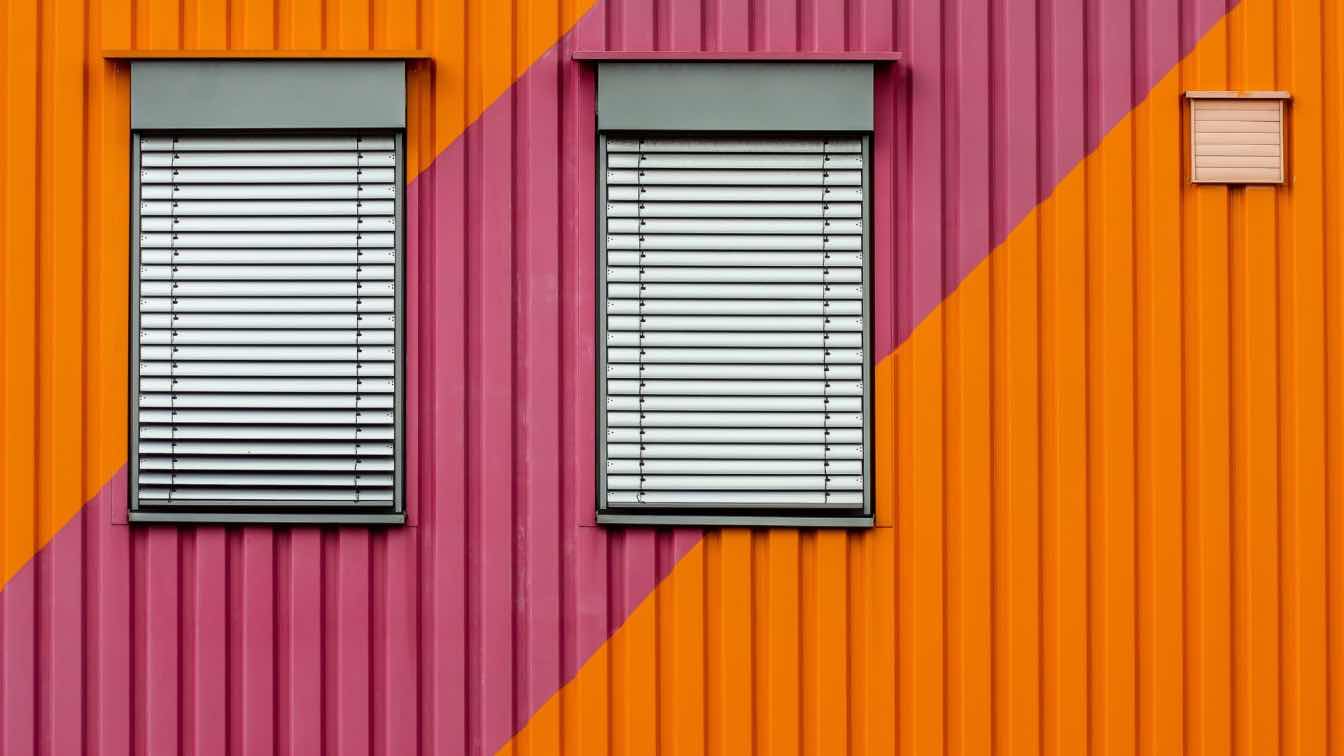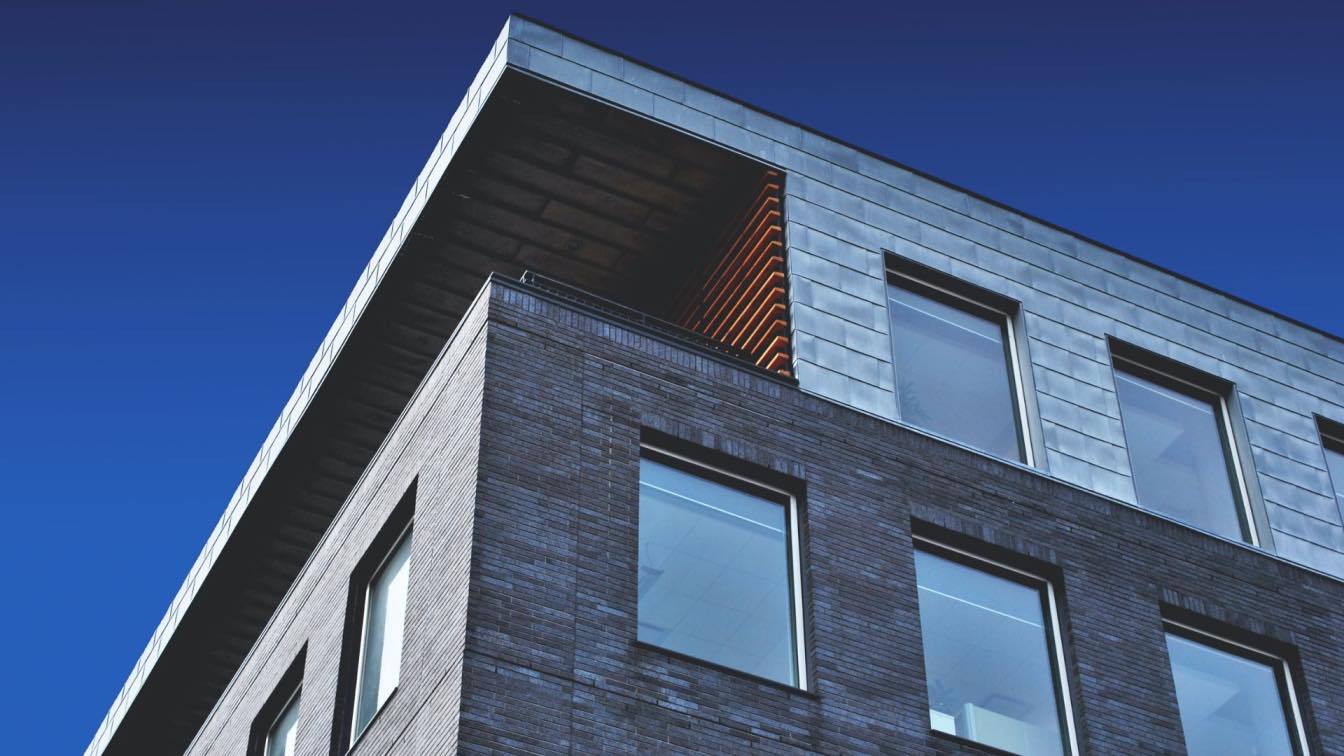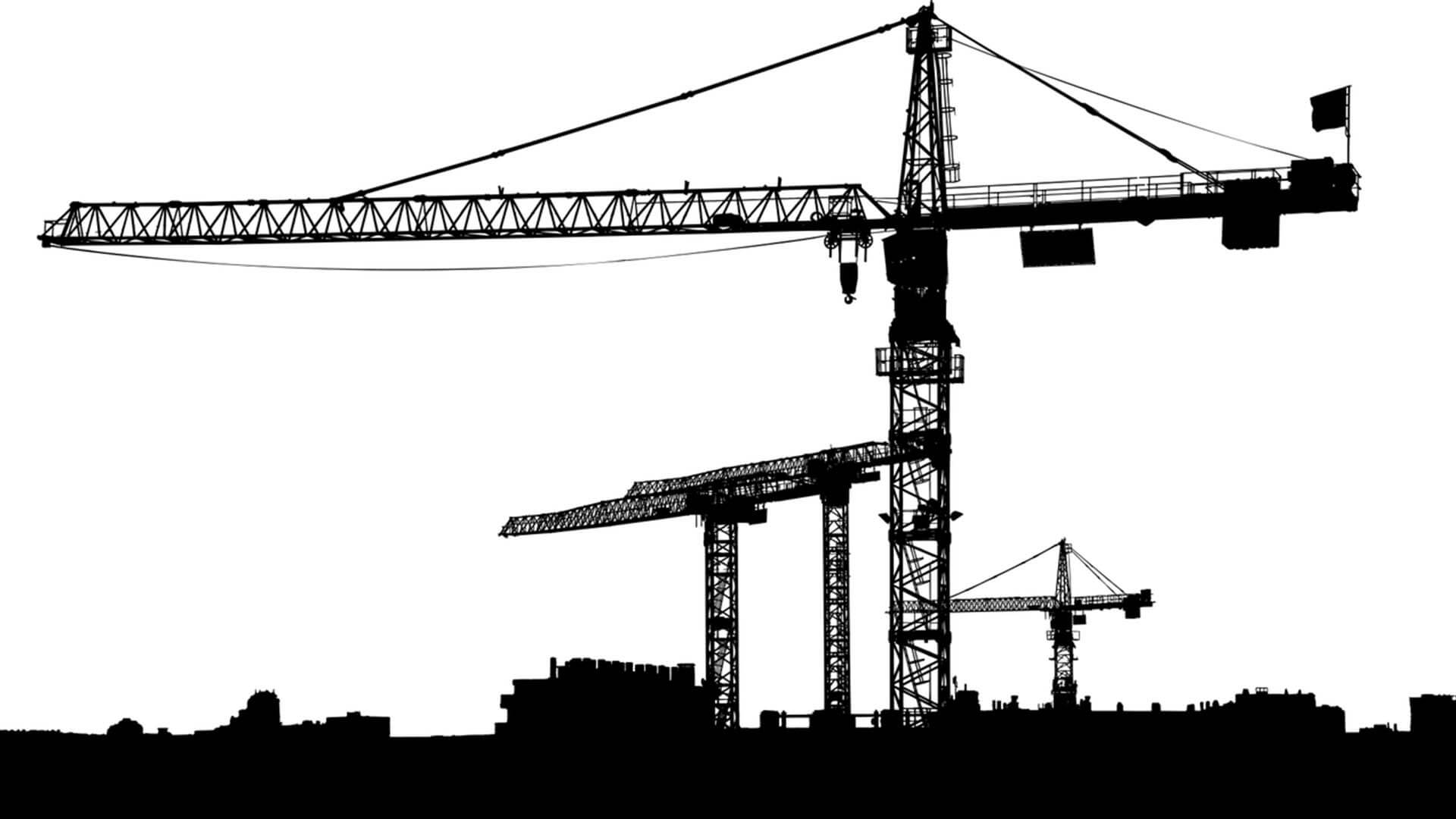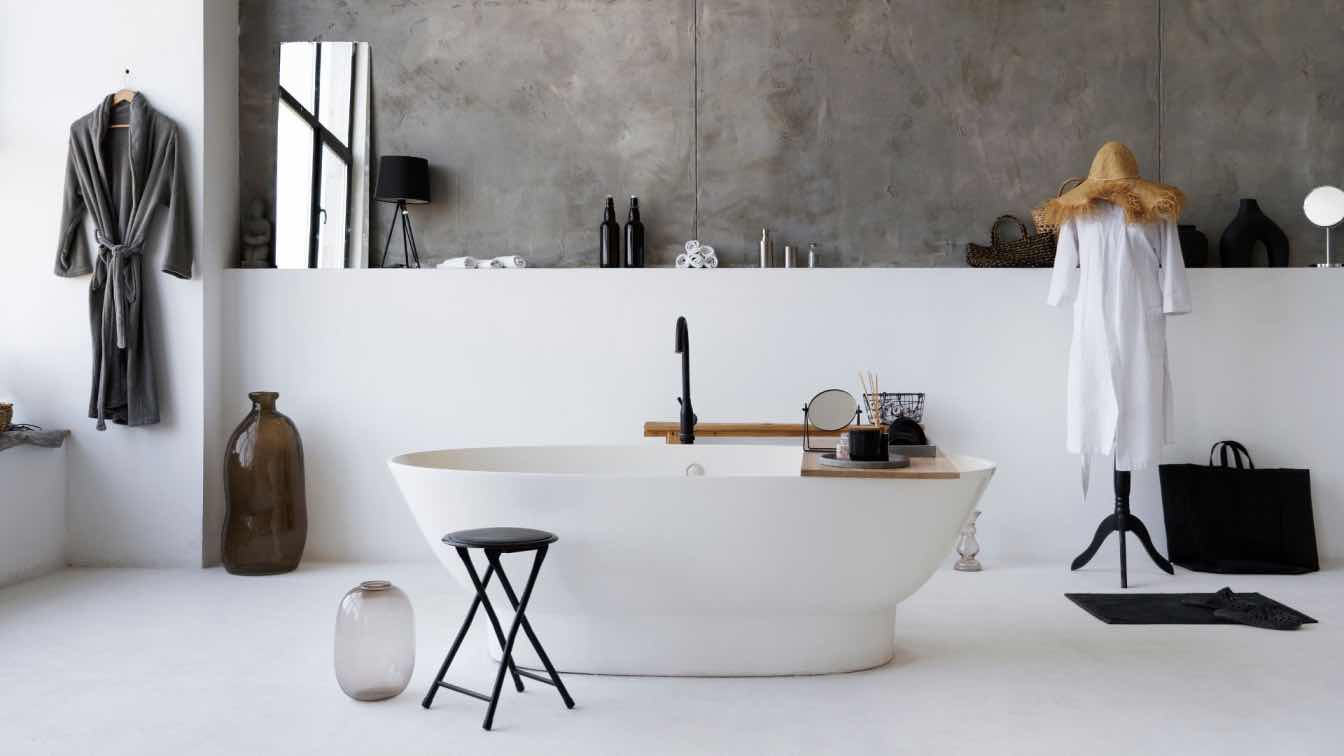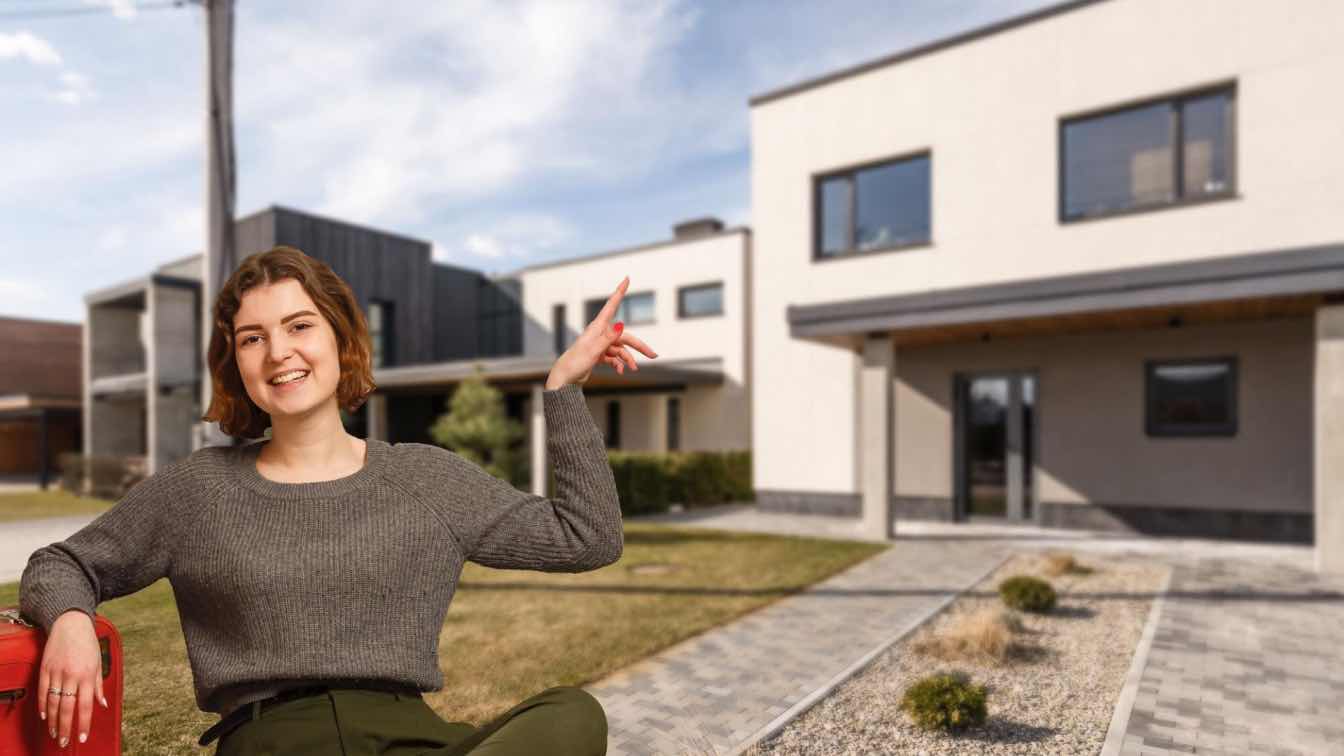When it comes to home improvement, replacing or installing new siding is one of the most impactful decisions you can make. Not only does it contribute to your home’s curb appeal, but it also plays an essential role in protecting your home from the elements, improving energy efficiency, and adding to its overall value. However, choosing the right siding material can be overwhelming, given the wide range of options available. Each material has its unique set of benefits and drawbacks, making it essential to understand the pros and cons before making a decision. In this article, we will explore some of the most popular siding materials—vinyl, wood, fiber cement, metal, and stone veneer—and examine their advantages and disadvantages.
Common Siding Materials Overview
Before diving into the details of each material, it’s important to have an overview of the most common siding options available in the market. Here are the five popular materials we’ll be covering:
Vinyl
Wood
Fiber Cement
Metal
Stone Veneer
Each of these materials has its specific qualities, cost factors, and maintenance requirements. Let’s explore these in more depth to help you make a more informed decision for your home.
Vinyl Siding
Vinyl siding has been a top choice for homeowners for many years, and for good reason. It is widely regarded for its affordability, ease of maintenance, and variety of styles. Let’s break down the pros and cons:
Pros:
Affordable: Vinyl is one of the most budget-friendly siding options available. Its relatively low upfront cost makes it a great choice for homeowners on a budget.
Low Maintenance: Unlike wood, vinyl doesn’t require regular painting or staining. It simply needs occasional cleaning with a hose or power washer to maintain its appearance.
Variety of Styles: Vinyl siding comes in a wide range of colors and textures, offering flexibility for various home styles.
Durability: It is resistant to moisture, pests, and decay, which contributes to its long lifespan.
Cons:
Fading Over Time: While vinyl siding is durable, it can fade or discolor over time, especially in areas with intense sunlight.
Damage Prone: It can be cracked or damaged by high winds, falling branches, or extreme temperatures.
Limited Aesthetic Appeal: While vinyl comes in many colors and textures, it may not offer the natural look or feel that some homeowners prefer.
Vinyl siding remains a top choice for those looking for an affordable and low-maintenance option, but it may not be ideal for those seeking a more natural, upscale look.
Wood Siding
Wood siding is a classic choice that adds beauty and character to any home. It offers a timeless, natural aesthetic, but it comes with both significant benefits and drawbacks.
Pros:
Aesthetic Appeal: Wood siding has a natural, warm look that enhances a home’s curb appeal. It’s especially popular for traditional and rustic-style homes.
Variety of Wood Types: Different wood types, such as cedar, redwood, or pine, offer varying levels of durability and appearance, giving homeowners flexibility in their choice.
Customizable: Wood siding can be painted or stained in any color, making it versatile and easy to update over time.
Cons:
Maintenance-Intensive: One of the biggest drawbacks of wood siding is the need for regular maintenance. It requires painting, staining, or sealing to protect it from moisture, insects, and rot.
Susceptible to Pests and Rot: Wood can attract pests like termites and carpenter ants, and it can deteriorate over time if not properly maintained.
Higher Initial Cost: Wood siding is more expensive than vinyl and can be costly depending on the type of wood chosen.
Wood siding is perfect for homeowners seeking a natural, customized look, but it requires a commitment to maintenance to ensure it remains in good condition.
Fiber Cement Siding
Fiber cement siding has surged in popularity due to its durability, fire resistance, and low-maintenance features. It mimics the look of wood or stucco, offering an upscale appearance without the high maintenance of wood.
Pros:
Durability: Fiber cement is extremely durable, resisting damage from insects, moisture, and fire. It’s also resistant to warping and cracking.
Low Maintenance: It requires minimal upkeep compared to wood siding. While it may need to be repainted every 10-15 years, it doesn’t require the same constant attention as wood.
Energy Efficiency: Fiber cement can improve your home’s energy efficiency by providing extra insulation, helping to reduce heating and cooling costs.
Aesthetic Flexibility: Fiber cement comes in a variety of finishes, including those that mimic wood, brick, or stone.
Cons:
Cost: Fiber cement is more expensive than vinyl and wood siding, with higher upfront costs for both materials and installation.
Labor-Intensive Installation: Installation of fiber cement siding requires skilled labor and specialized tools, which can increase installation costs.
Heavy: Fiber cement is relatively heavy, which may require additional support during installation.
Fiber cement is a great option for those willing to invest in a durable, low-maintenance, and energy-efficient siding material, but the higher upfront cost may be a consideration.
Metal Siding (Aluminum and Steel)
Metal siding, typically made from aluminum or steel, is known for its durability and modern appearance. It’s increasingly popular for contemporary and industrial-style homes.
Pros:
Durability: Metal siding is highly durable and resistant to extreme weather conditions, fire, and pests. It requires very little maintenance.
Modern Appearance: It provides a sleek, modern look that works well with contemporary home designs.
Low Maintenance: Metal siding doesn’t require painting or frequent maintenance, making it a low-maintenance choice.
Recyclable: Metal is a sustainable material that can be recycled, making it an eco-friendly choice.
Cons:
Cost: Metal siding tends to be more expensive than vinyl, with aluminum and steel coming at a premium.
Denting and Scratching: While durable, metal siding can be scratched or dented by debris or impacts.
Limited Color Options: Compared to other materials, metal offers fewer color options, although modern finishes have expanded these choices.
Metal siding is ideal for those seeking a durable, low-maintenance option with a modern aesthetic, but it may not be the best fit for every homeowner due to its higher cost.
Stone Veneer Siding
Stone veneer is a luxurious and durable siding option that gives the appearance of natural stone without the cost and weight. It’s an excellent choice for high-end homes or those looking to enhance their exterior with a sophisticated touch.
Pros:
Aesthetic Appeal: Stone veneer provides a high-end, luxurious look that can significantly boost your home’s value.
Durability: It is highly resistant to weather, moisture, and fire, offering long-term protection for your home.
Low Maintenance: Unlike natural stone, stone veneer requires minimal maintenance, making it a practical option for homeowners seeking both beauty and ease of care.
Cons:
High Upfront Cost: Stone veneer can be expensive, both in terms of materials and installation.
Installation Complexity: It requires skilled professionals to install, which can increase overall costs.
Cracking Risk: While durable, improperly installed stone veneer can crack or chip over time.
Stone veneer is perfect for homeowners seeking a luxurious, durable, and low-maintenance exterior, but it comes with a hefty price tag.
Siding Contractor Ambler, PA: Finding the Right Professional
Choosing the right siding material is just one part of the equation. You’ll also need to find a skilled and experienced siding contractor for proper installation. If you live in the Ambler, PA area, it’s important to hire a siding contractor Ambler, PA who is familiar with local building codes, climate conditions, and design trends. A professional contractor can help ensure that your siding is installed correctly and that it enhances both the look and functionality of your home.
Conclusion
Each siding material has its advantages and disadvantages, and the right choice for you will depend on your specific needs, preferences, and budget. Vinyl siding offers affordability and low maintenance, while wood siding provides natural beauty with higher maintenance. Fiber cement is a durable, energy-efficient option, while metal siding delivers modern aesthetics and long-lasting durability. Finally, stone veneer offers a high-end look with minimal maintenance but comes at a higher cost.
By carefully considering the pros and cons of these popular siding materials, you can make a more informed decision that aligns with your home's needs and your personal preferences. If you’re unsure about which material is best for your home, consulting with a professional siding contractor in Ambler, PA, can help guide you toward the best option for your project.

